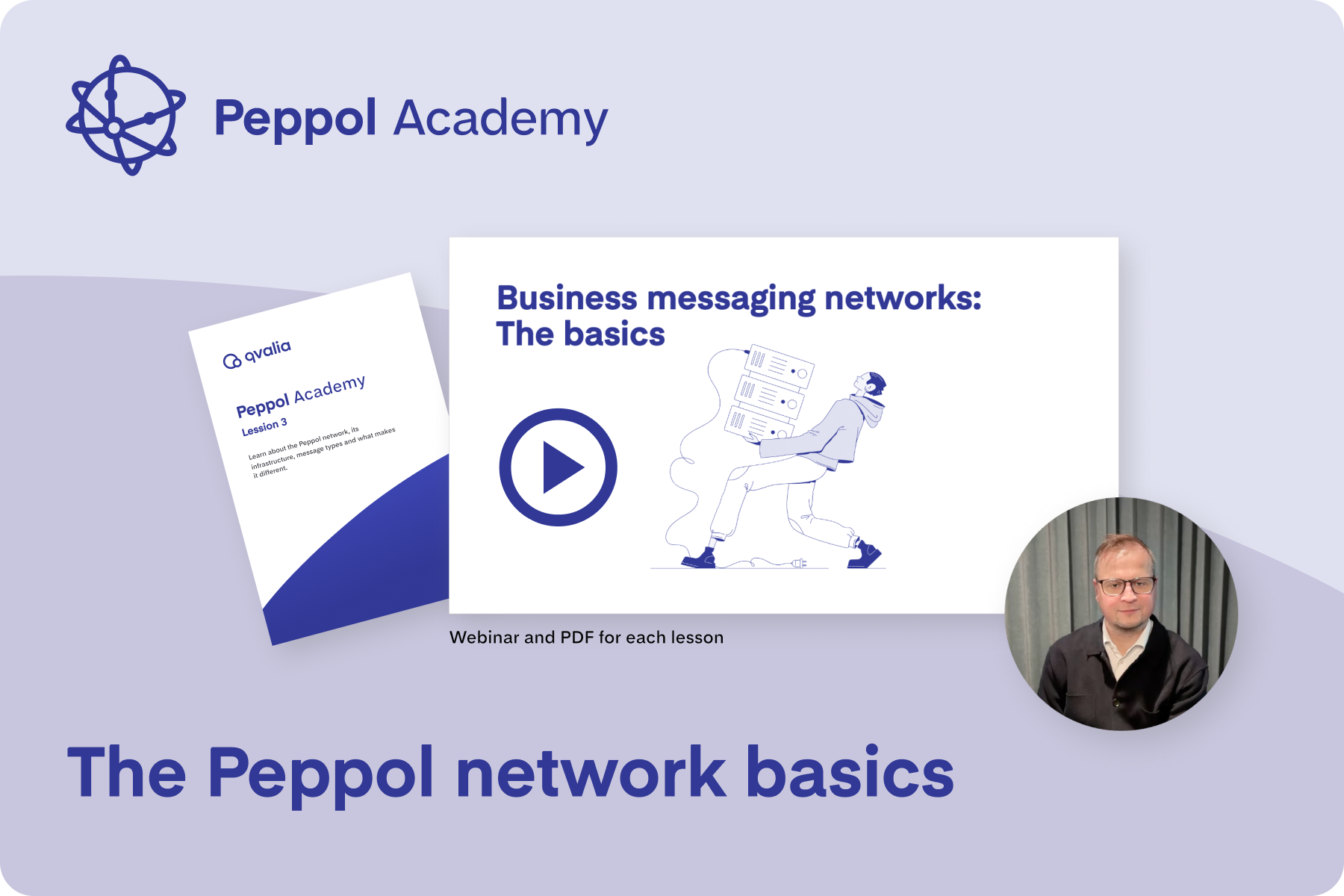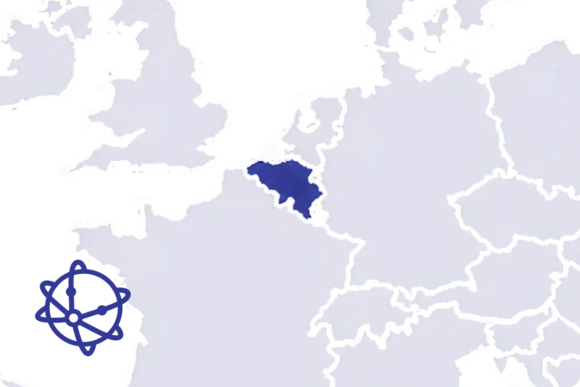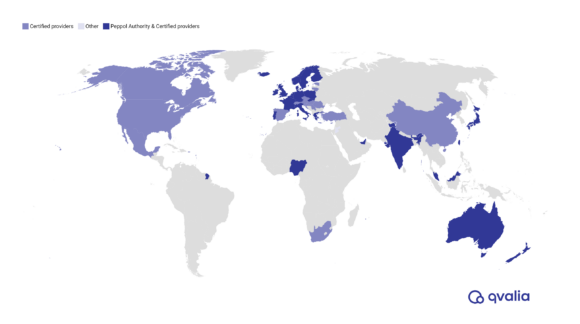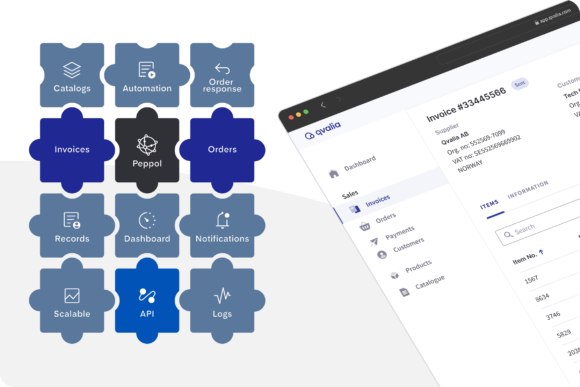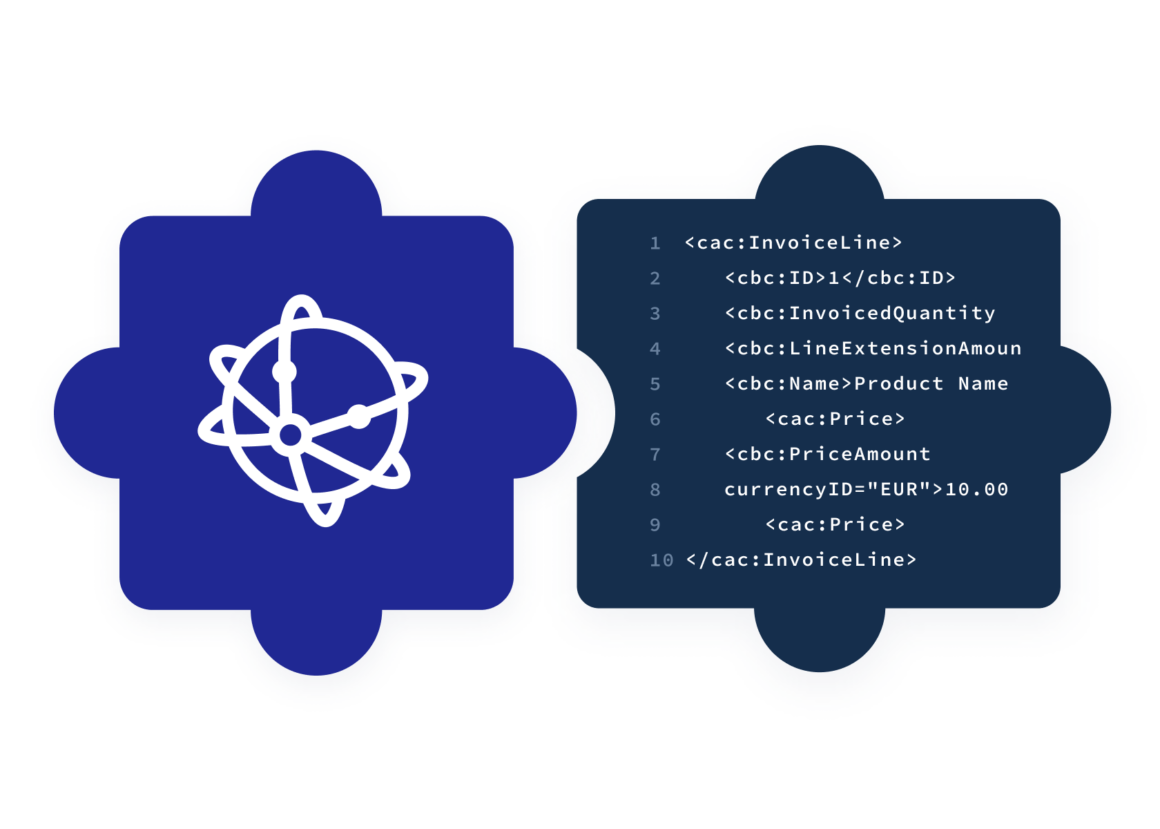
The closed world of traditional EDI has long dictated how businesses exchange invoices, orders, and other trade documents. Locked into custom-built, proprietary networks, companies have faced high costs, complex integrations, and limited interoperability. But the landscape is shifting—Peppol is redefining digital B2B communication.
Developed initially as an ambition to streamline public procurement, Peppol is now a network for B2B and B2G transactions, enabling businesses to exchange electronic invoices, orders, delivery notes, and payment instructions seamlessly and securely. No more fragmented systems or expensive custom integrations — Peppol connects businesses across industries, countries, and platforms with a single, standardized infrastructure.
With rapid global adoption from Europe to Singapore, Australia, and beyond, Peppol is becoming the preferred network for digital trade, helping businesses achieve automation, compliance, and cost efficiency in accounts payable and receivable operations.
This article is a brief guide to the network and how to use it for B2B communication. For a more technical introduction, check out our Peppol for developers series; an in-depth comparison of B2B models and how to get started with electronic orders.
More than just e-invoicing
While Peppol is often associated with e-invoicing, the network supports various electronic business documents, making it the most efficient and scalable solution for digital transactions. Peppol enables secure and standardized communication for:
E-invoices: Compliant and automated invoice exchange across borders.
E-orders & order responses: Streamlined procurement processes between buyers and suppliers.
Delivery notes & despatch advices: Improved logistics and inventory tracking.
Product catalogs: Efficient distribution and updates of product and pricing data.
With its global reach, Peppol is expanding beyond Europe, gaining traction in Singapore, Australia, and New Zealand, where governments are actively promoting adoption to improve transparency and automation in business transactions.
Here, you can find more information about the different Peppol message types.
How to connect to the Peppol network?
Businesses need access to the network through a Peppol Access Point to participate in Peppol. This enables secure communication with any Peppol-connected organization, regardless of country, sector, or their counterpart’s service provider.
Organizations have three main options to connect:
Set up and maintain their own Peppol access point, a rare choice and best suited for large enterprises and EDI service providers.
Use a certified Peppol service provider to connect via an existing access point.
Utilize a white-label Peppol solution to offer services under their brand while leveraging an accredited provider’s infrastructure. Read more about essential aspects when choosing a Peppol partner.
Setting up an in-house access point requires substantial effort and maintenance, including technical development, regulatory compliance, and adherence to BIS standards. For most businesses, partnering with a certified Peppol provider is the most efficient and cost-effective approach.
Why use a Peppol service provider?
Partnering with a certified Peppol service provider simplifies digital transactions and ensures seamless access to the network’s full potential. Businesses can bypass lengthy accreditation processes and exchange invoices, orders, and other documents within days instead of months.
With instant global connectivity, a single connection provides access to all Peppol participants, eliminating the need for multiple integrations and reducing complexity in cross-border trade. Compliance is another key advantage—businesses can ensure adherence to Peppol standards, tax regulations, and e-invoicing mandates without the burden of managing security updates or regulatory changes internally.
As transaction volumes grow, Peppol offers scalability without additional infrastructure investments, making it an ideal solution for businesses of all sizes. Integration is equally straightforward—Peppol connectivity via API enables direct and efficient integration into ERP, procurement, and financial systems, ensuring a smooth transition to automated digital transactions.
Your partner for seamless Peppol integration
As the market’s most efficient full-service Peppol provider, Qvalia enables businesses to fully leverage the network’s capabilities without the complexities of building their infrastructure and maintaining complete control and traceability of each message.
Peppol-as-a-Service: Fast, compliant, trusted, and cost-effective connectivity.
API integration: Directly connect your ERP, accounting, and procurement systems.
Advanced data management: Enhance transactional efficiency with AI-powered real-time validation, enrichment, and routing.
Scalable & Future-Proof: Adapt to new regulations and formats effortlessly.
Partner solutions: Efficient provision of Peppol services to end users
Whether you’re a small business, enterprise, service provider, or ERP vendor looking to integrate Peppol into your platform, Qvalia provides the solutions seamlessly and efficiently. Contact us to learn more.
For more insights and practical guidance on implementing and optimizing Peppol for B2B communication, sign up for Peppol Academy
